Revised | Originally Published: July 3, 2021 @ 7:15 pm
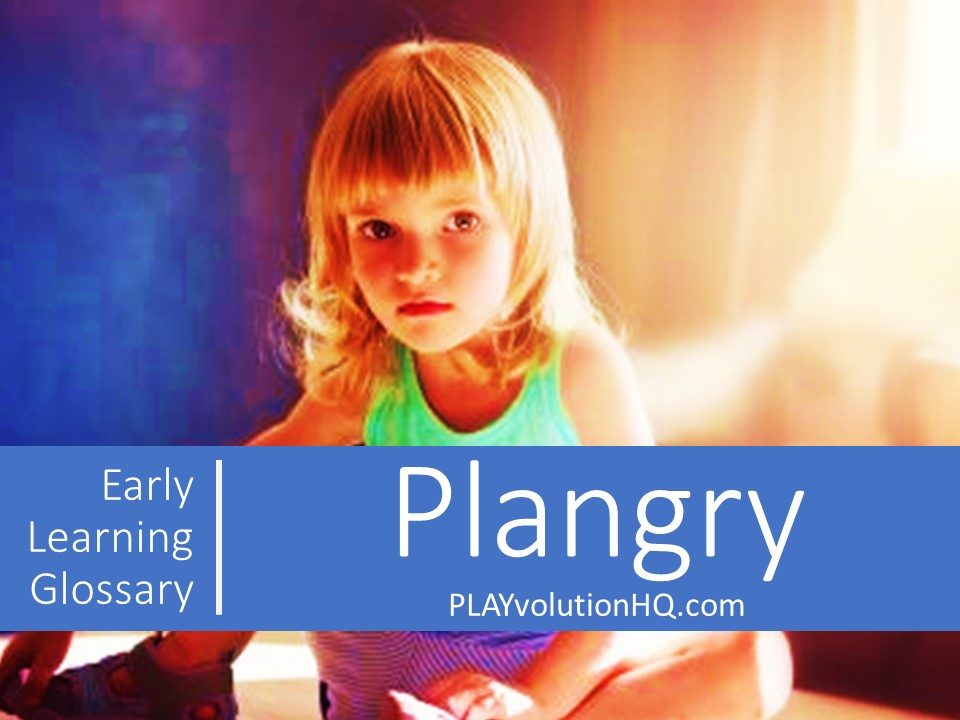
Table of Contents
About Being Plangry
Plangry is a term of art describing play anger. In plangry play, players pretend to express anger and related strong emotions. This play attempts masking Play Face with I Want To Eat You Face. Such play may seem very real to an observer since much of the activity revolves around recreating the body language, facial expressions, language, and tone of real anger.
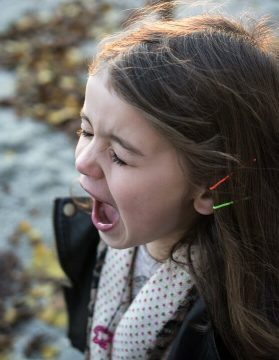
Some Examples Of Plangry
Here are some play scenarios that call for a plangry expression:
- “Let’s play I’m-the-Dad-and-I’m-mad-you-won’t-drink-your-orange-juice-because-I-poured-the-kind-with-pulp.”
- “How about you’re a dragon that’s upset because I stealed your gold and rubies.”
- “We’re going to be mad heroes that settle it with a battle.”
Emotional Play
Playing at being angry is a safe opportunity to toy with strong emotions that are often viewed as unfavorable. In the safe harbor of play, children have a chance to experience both feeling and expressing these strong emotions (“You be the grandma and tell me we have to play at home and I’ll get upset.”) as well as being the recipient of such emotions (“You be the angry king. Yell at me and send me to the dungeon for making you mad.”).
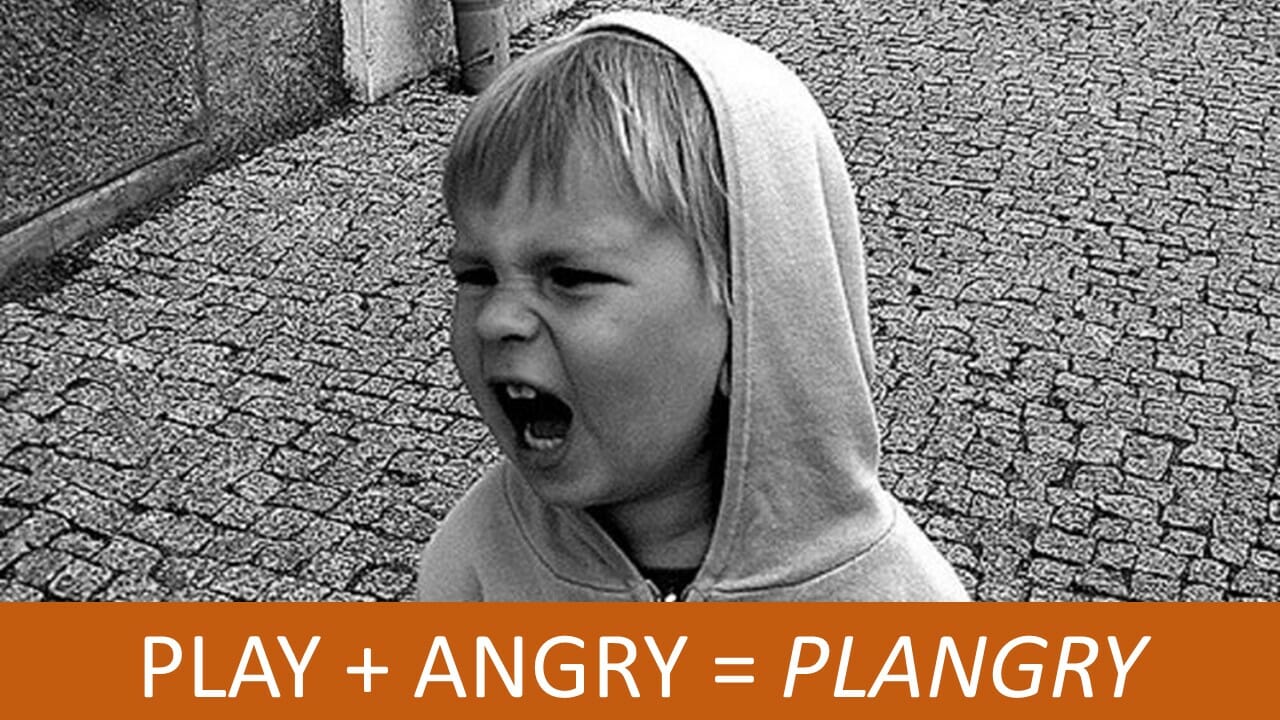
Drawing Focus
Playing at being plangry is also a way to get attention. Picture a seven-year-old pretending to be upset at a younger sibling’s birthday party to grab some attention from Aunt Agnes.

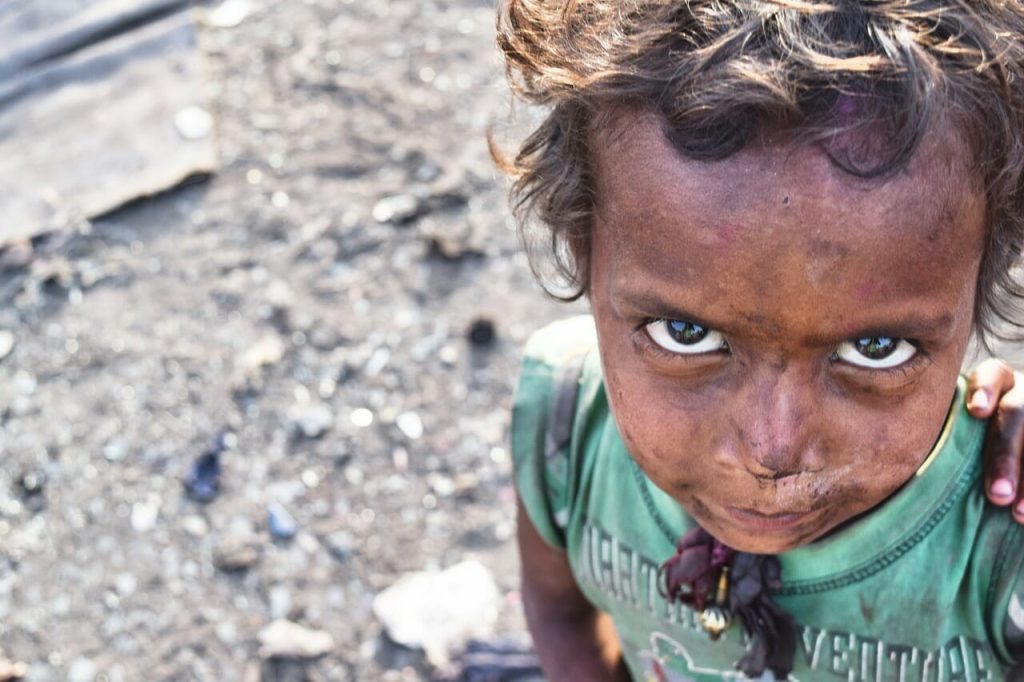
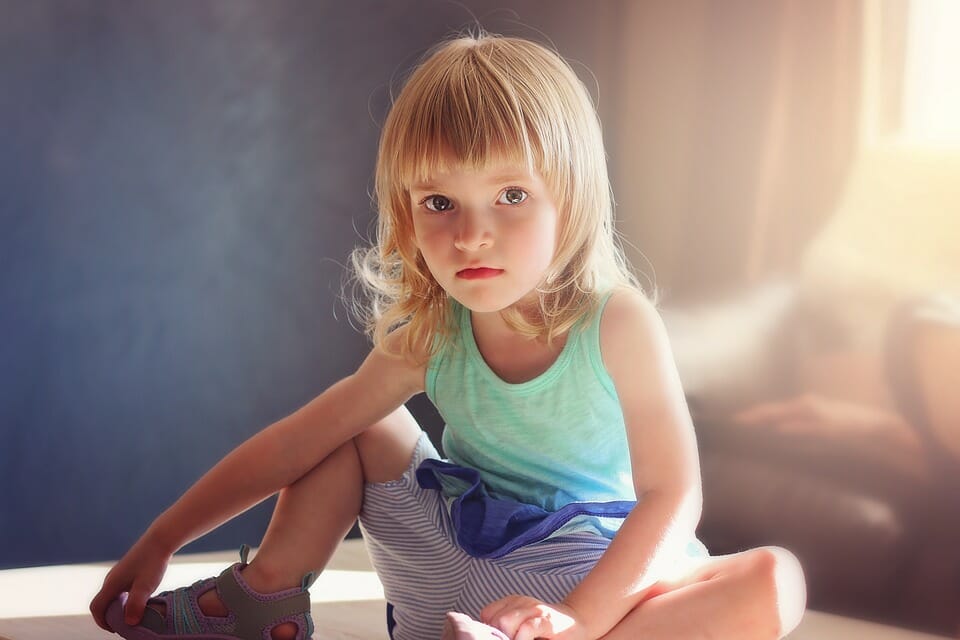
Such play is preparation and practice for a lifetime of managing and receiving intense emotions. Playing “Mom is grumpy and mad because the baby won’t go to sleep” is preparation for when Mom really gets mad.
Adults play Plangry as well– with children and with other adults. As do pets at play…

Plangry Wrap-Up
With young children, this type of play is most noticeable in dramatic play spaces but is observable in block play, game play, and even at the painting easel if you keep an eye out for it. Children may also play at being plangry in social situations. For example, pretending to be upset at a peer or parent about something that’s not upsetting.
As parents and caregivers, distinguishing between a child playing at being angry and one experiencing heightened emotions that could disrupt the play is a valuable skill. Honing this skill takes plenty of focused observation and attention to the nuances of children’s personalities and group dynamics.
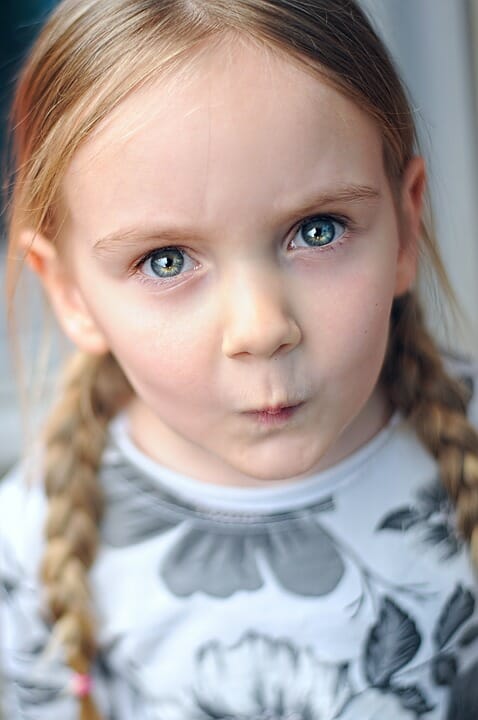
Contribute content to Playvolution HQ
Brought to you by Explorations Early Learning
Thoughts On This Entry?
I’d love to hear your thoughts on improving this entry and suggestions for additional glossary additions in the comments below. You can also contact me with comments or concerns.
Browse Trainings
Post Author
Jeff Johnson is an early learning trainer, podcaster, and author who founded Explorations Early Learning, Playvolution HQ, and Play Haven.


Leave a Reply